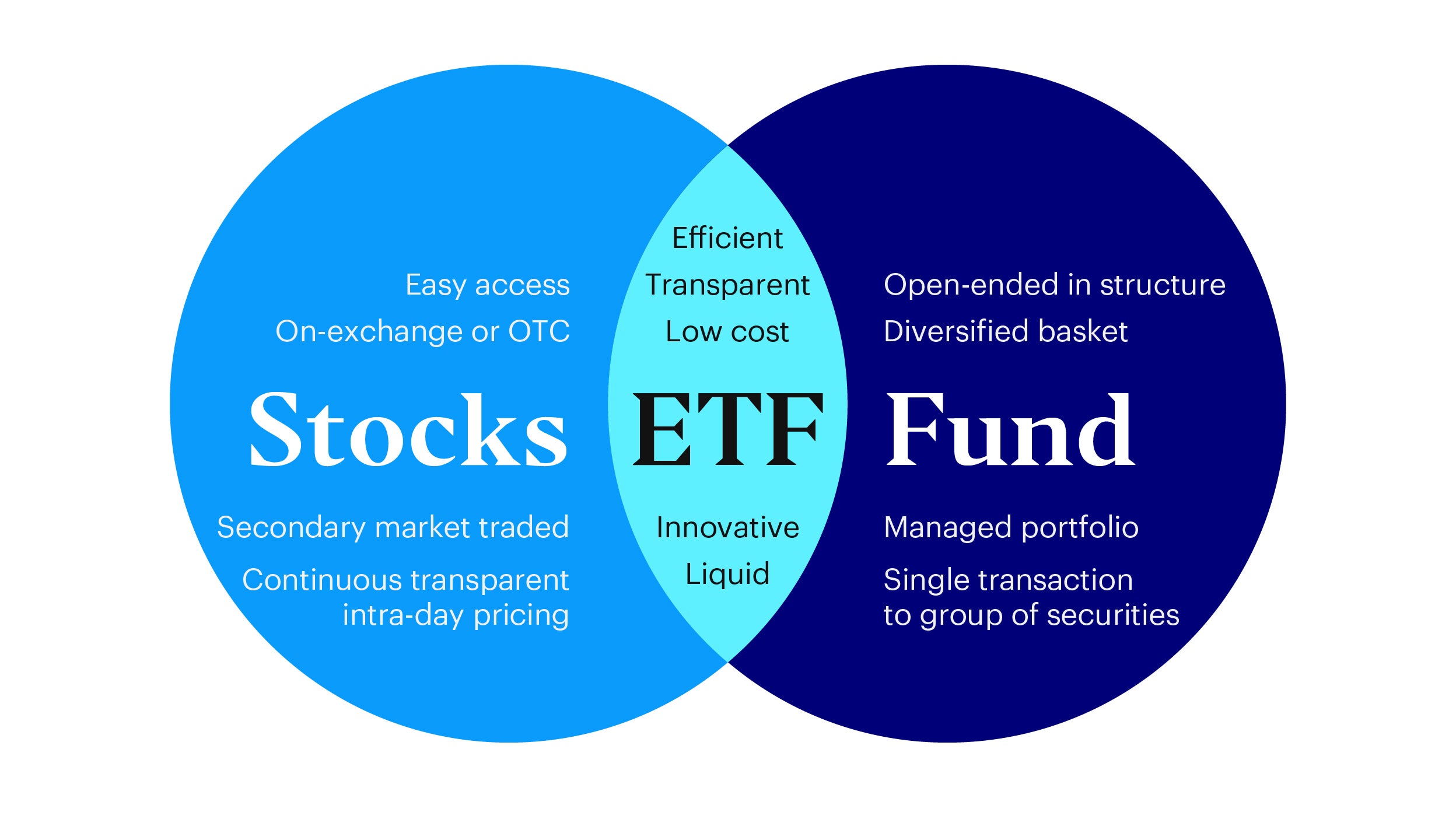investing in Exchange-Traded Funds (ETFs) has become a popular and accessible way for people to build their wealth. They offer a simple, diversified approach that can be less intimidating than picking individual stocks. But with thousands of ETFs on the market, how do you find the ones that are right for you, especially if you’re looking to get started without facing a ton of competition? The key is to find “low competition” ETFs. This isn’t about some secret, unknown fund; it’s about a smart, strategic way to think about your investments that can help you avoid common pitfalls and focus on what really matters: long-term growth.
What Does “Low Competition” Actually Mean for ETFs?
When we talk about low competition in the world of ETFs, it’s not about a bidding war for a specific fund. It’s a concept that applies more to the underlying strategy and the investment philosophy behind it. In SEO, “low competition” means targeting keywords that have a decent search volume but aren’t saturated with other websites trying to rank for the same thing. In investing, a similar logic can be applied. We’re looking for strategies that are fundamentally sound but aren’t being “over-traded” or driven by short-term hype. This allows you to invest with a long-term mindset, free from the noise and volatility that comes with hot, trendy sectors.
This approach is particularly beneficial for beginner investors. Instead of jumping into the latest fad—like a sector ETF that’s being heavily promoted and is likely at a peak—you can focus on foundational, well-diversified funds that have a proven track record and lower expense ratios. These funds are the workhorses of a portfolio, designed to provide steady growth over many years, not a quick buck. Think of it as building a strong, reliable house on solid ground, rather than a flimsy one on a cliff’s edge.

The Power of Low-Cost, Broad-Market Index ETFs
The most classic and effective example of a low-competition ETF strategy is to invest in broad-market index funds. These are the unsung heroes of the investment world. Funds like those tracking the S&P 500, the total U.S. stock market, or the total international stock market are excellent choices. They are low-cost, highly diversified, and incredibly simple.
They’re not a “hot topic.” A fund tracking the S&P 500 isn’t going to be the subject of a viral social media post. Its value is in its boring, consistent performance over time, which is exactly what a smart investor should want.
So, when you see headlines about the next big thing in biotech or a new cryptocurrency ETF, remember that the most reliable path to wealth is often the least dramatic. Sticking to a broad-market index fund allows you to sidestep the frantic, high-stakes competition of trying to predict the future and instead, just ride the steady, long-term growth of the global economy.
Building Your Foundation with Low Competition ETFs
Starting an investment portfolio can feel overwhelming, but a low-competition approach makes it straightforward. Here’s a simple way to think about building a portfolio using these principles.
First, you want a strong foundation. This is where your broad-market ETFs come in. A good starting point is a combination of a total U.S. stock market ETF and a total international stock market ETF. This gives you exposure to companies big and small, both at home and abroad, providing immediate and significant diversification.
Next, you might consider adding a bond ETF to your portfolio, especially as you get closer to retirement. Bond funds are less volatile than stock funds and can help smooth out the ride during market downturns. They’re another classic example of a low-competition investment. They aren’t glamorous, but they are reliable.
The beauty of this strategy is that it’s set-it-and-forget-it. Once you’ve chosen your funds and decided on your allocation (for example, 80% stocks and 20% bonds), you can set up automatic investments and just let time do the heavy lifting. You don’t need to check stock prices every day or get caught up in the latest news cycle. Your focus shifts from active trading to passive, long-term wealth building.
This isn’t to say that all other ETFs are bad. There are many great, well-managed funds that focus on specific sectors, themes, or investment styles. But for a beginner, or for anyone looking to build a stable core portfolio, starting with low-cost, broad-market ETFs is the most reliable and least stressful path. You’re competing less with the market and more with yourself—specifically, your own desire to chase high-risk, high-reward opportunities that often lead to disappointment.
The Psychology of Low Competition Investing
Perhaps the most significant benefit of this strategy is the psychological one. The constant flow of information in today’s world can make investing feel like a high-stakes game. We’re bombarded with news about market crashes, astronomical gains, and expert predictions. This can lead to a lot of emotional decision-making—buying high out of fear of missing out, or selling low in a panic.
A low-competition approach helps you tune out this noise. By investing in a well-diversified, low-cost portfolio, you are actively choosing to ignore the daily drama. You know that your portfolio is built for the long haul, and that short-term fluctuations are just part of the journey. This psychological calm is an underrated but powerful advantage. It prevents you from making costly mistakes driven by emotion and allows you to stick to your plan, which is often the single most important factor in a successful investment strategy.
In a world where everyone seems to be looking for an edge, the real edge might just be simplicity. By focusing on low-competition ETFs—the broad, boring, and low-cost ones—you’re not trying to beat anyone. You’re just letting the global economy do what it does best: grow over time. And for many people, that’s not just a good investment strategy, it’s a great way to live.



